Thalassemia, also known as congenital hemolytic disease, is a genetic disease involving hemoglobin disorders, affecting the body's ability to produce hemoglobin.
Small red blood cell index signals Thalassemia disease - Warning of dangerous genetics
Thalassemia, also known as congenital hemolytic disease, is a genetic disease involving hemoglobin disorders, affecting the body's ability to produce hemoglobin.
This disease can cause severe anemia and requires lifelong treatment if not detected and treated promptly.
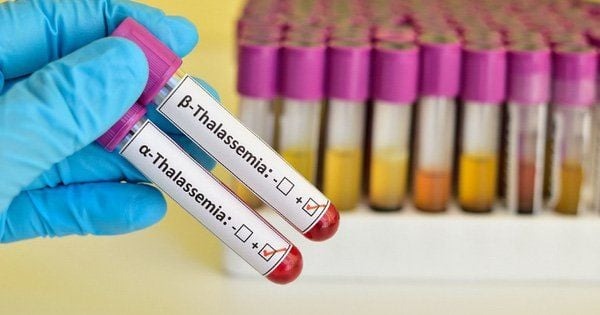 |
| Illustration |
One of the common indicators in blood tests that can help detect the disease is "microcytic red blood cells", a warning sign that the patient may carry the Thalassemia gene.
Ms. VPM (34 years old, Hanoi ) discovered an abnormal sign in her complete blood cell analysis test, with the results showing small red blood cells.
Although her basic health indicators showed no serious problems, the doctor still recommended that she undergo further in-depth tests to find out the cause.
Ms. M's blood tests showed that her Hb (hemoglobin) was 13.5g/dL, her mean corpuscular volume (MCV) was small at only 77.9fL, along with a low MCH of 24.8pg and a low mean corpuscular Hb concentration. These tests indicated that she may be carrying the Thalassemia gene.
After performing a hemoglobin electrophoresis test and a Thalassemia gene mutation test, the doctor confirmed that Ms. M carried the Alpha Thalassemia and HbE genes - two genes related to Thalassemia. Although she is not currently anemic and her health is stable, the doctor warned that she is at risk of anemia when exposed to factors such as stress or illness.
Thalassemia is a genetic disease that can be passed down through generations. In Vietnam, according to the National Institute of Hematology and Blood Transfusion, more than 13% of the population (about 14 million people) carry the gene for this disease. Each year, about 8,000 children are born with Thalassemia, of which about 2,000 children have severe disease and need lifelong treatment.
Treatment of Thalassemia is extremely expensive, especially for severe cases, the cost of treatment can be up to 3 billion VND for each patient from birth to age 30. Therefore, to reduce the cost burden and improve the quality of the population, early detection and prevention of the disease is extremely important.
According to MSc. Nguyen Cong Dang, Medlatec Testing Center, people with abnormal blood test results, especially microcytic red blood cells, need to undergo hemoglobin electrophoresis and genetic testing to determine whether they carry the Thalassemia gene or not.
People with relatives who have Thalassemia or hemoglobin-related diseases (such as sickle cell disease) should also be screened for this disease.
Couples who are planning to get married or who are planning to have children should be counseled and screened for Thalassemia. If both husband and wife are carriers of the disease gene, the doctor will provide preventive measures and genetic counseling to reduce the risk of having a child with Thalassemia.
Although Thalassemia is a genetic disease, it is completely preventable if detected early. Couples who intend to have children should go to a medical facility to have a Thalassemia screening test to ensure that their children do not have this disease.
Dr. Nguyen Cong Dang emphasized that Thalassemia can be prevented if couples planning to have children undergo genetic testing and counseling before having children.
Thalassemia not only causes serious consequences for children's health but is also costly in terms of treatment costs. Therefore, early detection and prevention of the disease through simple tests, such as complete blood cell analysis and genetic testing, play an important role in reducing the number of children born with the disease.
Complete blood cell count is a simple, low-cost, and highly valuable screening test for detecting hemoglobin problems.
The detection of microcytic red blood cells through testing can be a warning sign of Thalassemia, helping patients promptly perform specialized tests to determine whether they carry this disease gene or not.
Thalassemia screening not only helps improve the quality of one's own health but also contributes to improving population quality, reducing the burden of disease for families and communities.
Source: https://baodautu.vn/chi-so-hong-cau-nho-bao-hieu-benh-thalassemia---canh-bao-di-truyen-nguy-hiem-d240429.html



![[Photo] Prime Minister Pham Minh Chinh chairs meeting on science and technology development](https://vphoto.vietnam.vn/thumb/1200x675/vietnam/resource/IMAGE/2025/5/17/ae80dd74c384439789b12013c738a045)


![[Photo] More than 17,000 candidates participate in the 2025 SPT Competency Assessment Test of Hanoi National University of Education](https://vphoto.vietnam.vn/thumb/1200x675/vietnam/resource/IMAGE/2025/5/17/e538d9a1636c407cbb211b314e6303fd)
![[Photo] Readers line up to visit the photo exhibition and receive a special publication commemorating the 135th birthday of President Ho Chi Minh at Nhan Dan Newspaper](https://vphoto.vietnam.vn/thumb/1200x675/vietnam/resource/IMAGE/2025/5/17/85b3197fc6bd43e6a9ee4db15101005b)
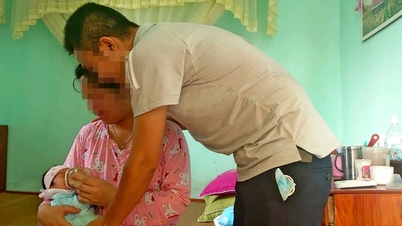

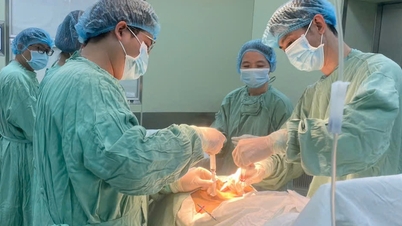





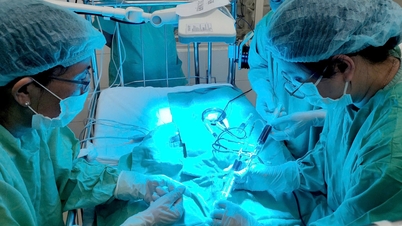

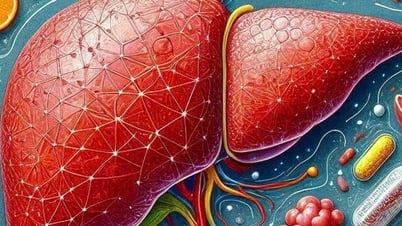



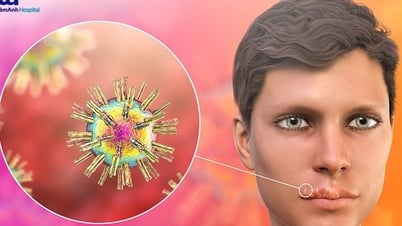
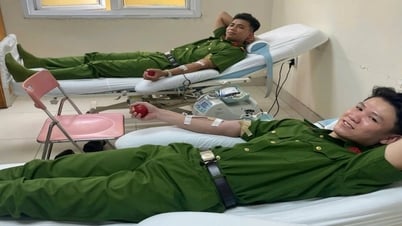













![[Photo] Nearly 3,000 students moved by stories about soldiers](https://vphoto.vietnam.vn/thumb/1200x675/vietnam/resource/IMAGE/2025/5/17/21da57c8241e42438b423eaa37215e0e)



































































Comment (0)